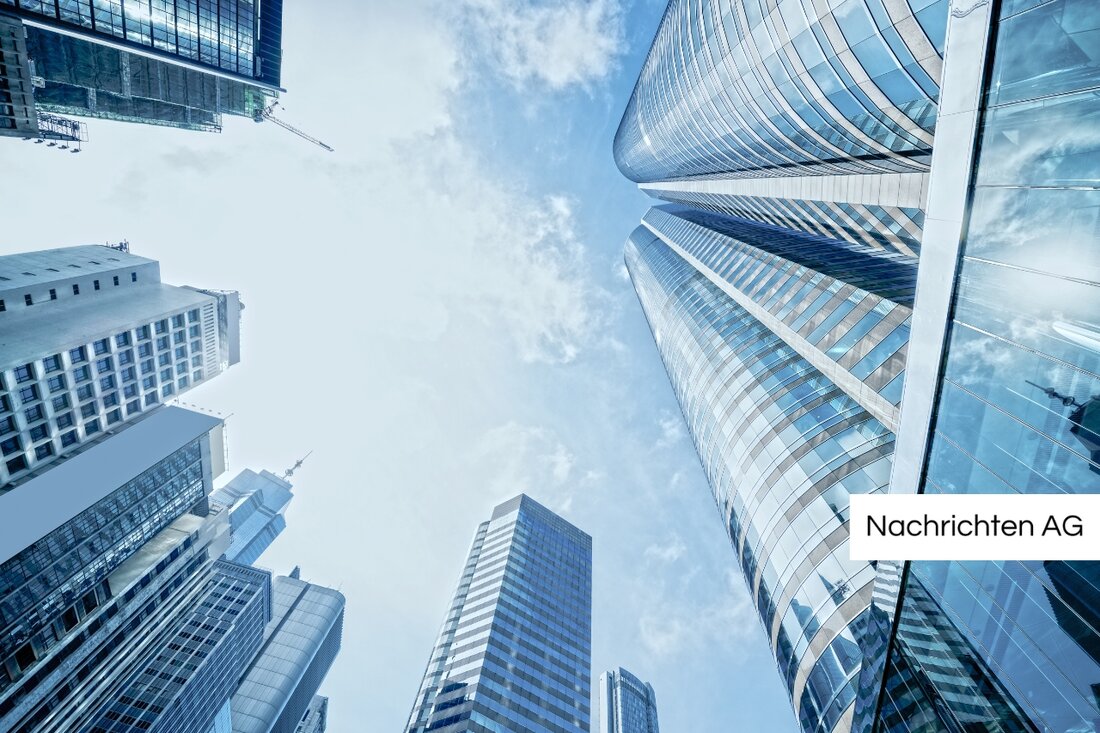Arcelormittal stops green steel in Germany: hope destroyed!
ArcelorMittal does not change to green steel in Germany, plans investments in France.

Arcelormittal stops green steel in Germany: hope destroyed!
ArcelorMittal has taken a difficult step that puts the German steel industry into turmoil: the planned conversion of the works in Bremen and Eisenhüttenstadt on green steel is put on hold. The company thus dispenses with subsidies of 1.3 billion euros, a decision that many perceived as a painful setback for the business location. The Bremen Senate also commented critically and described the step as a serious blow for the employees and the regional economy. "We have to do everything we can to secure the jobs," said the mayor.
Why the withdrawal? According to those responsible, the economy is not given and the availability of hydrogen -based steel in Germany is behind the expectations. While the same technology in other countries, where electricity is cheaper, better forward, ArcelorMittal currently sees no way to reach the ambitious CO2 reduction targets by 2030. The group emphasizes that high energy costs and the competitive pressure from cheaper providers, especially from China, continue to complicate the situation.
a cooling water for hopes
The decision to give up the German Initiative for Green Steel does not mean that the company loses the entire transformation from sight. Instead, Arcelormittal plans to build new facilities in France and has already invested in direct reduction in the USA, a partial step towards more environmentally friendly steel production. "We have to concentrate on industrial further processing," says the steel expert Verndoort. Instead of iron ore, for example, Germany could import green pig iron, which makes transport easier because iron briquettes are easier to transport by ship.
But while some companies such as Thyssenkrupp and Salzgitter hold on their projects, numerous economists show more and more skepticism compared to the feasibility of a massive changeover to green steel. Andreas Löschel from the Ruhr University Bochum indicates considerable doubts about the economy. "The dream of green steel is on the brink," he says. A comprehensive hydrogen network will probably not be available until 2029. Until then, imports would probably be indispensable.
The future of the steel market
"A basic turn needs planning, and quickly," explains Minister of Economic Affairs Mona Neubaur. The green steel market remains fragile and the structure of the industry could change fundamentally. The German steel industry is not only an economic factor, but also an important employer: around 88,000 people are active in the industry, of which only 5% of high furnaces, while the majority are employed in further processing.
The importance of hydrogen for the chemical industry is also underlined in some places, since it is required for climate -neutral production. Despite optimistic forecasts, Verpoort sees a great challenge: "The short deadlines for transformation could lead to new dependencies." After all, there are still bright spots for the steel industry, but the current framework conditions cannot be ignored.German steel production is also the largest CO2 emittee in the country, and it is high time for changes. Economists warn of exaggerated expectations of hydrogen as a universal solution. So the question remains: How will the German steel landscape develop and which strategies will be necessary to keep up in global competition?
The development in Bremen and Eisenhüttenstadt could only be the beginning of many challenges that come to the industry. The future is uncertain and time is pushing. One thing is certain: without strategic planning and a clear industrial policy course, the dream of green steel could fail faster than many hope.
For more information, see also the reports of taz , Tagesschau and ZDF .

 Suche
Suche
 Mein Konto
Mein Konto